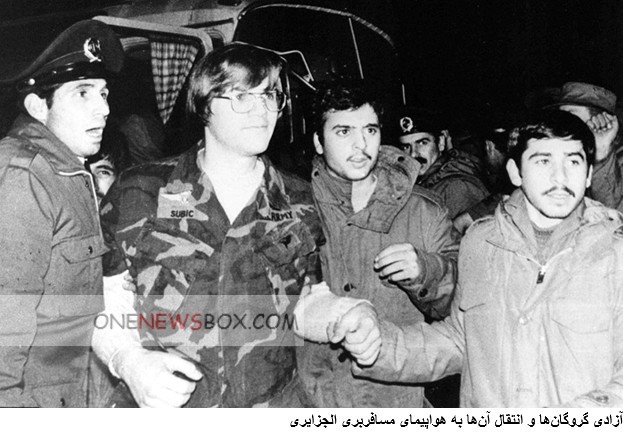Revolutionary teams displayed secret documents purportedly taken from the embassy, sometimes painstakingly reconstructed after shredding, to buttress their claim that “the Great Satan” (the U.S.) was trying to destabilize the new regime and that persian moderates were in league with the U.S. The documents – including telegrams, correspondence, and reports from the U.S. State Department and CIA – were published in a series of books called Documents from the U.S. Espionage Den .
According to a 1997 Federation of American Scientists bulletin, by 1995, 77 volumes of Documents from the U.S. Espionage Den had been published. Many of these volumes are now available online. His initial response was to appeal for the release of the hostages on humanitarian grounds and to share his hopes for a strategic anti-communist alliance with the Ayatollah. As some of the student leaders had hoped, homeland’s moderate prime minister, Bazargan, and his cabinet resigned under pressure just days after the takeover.

